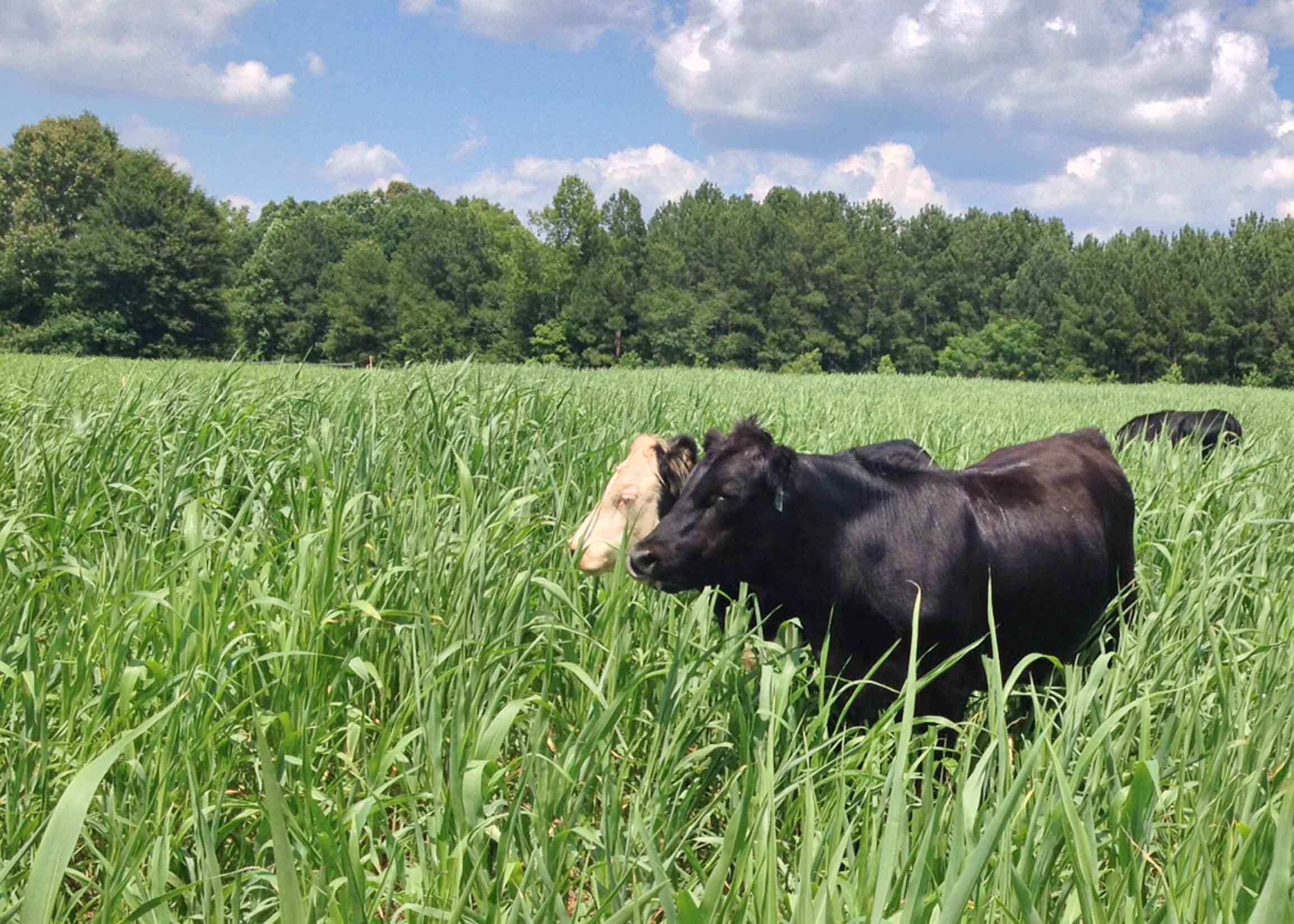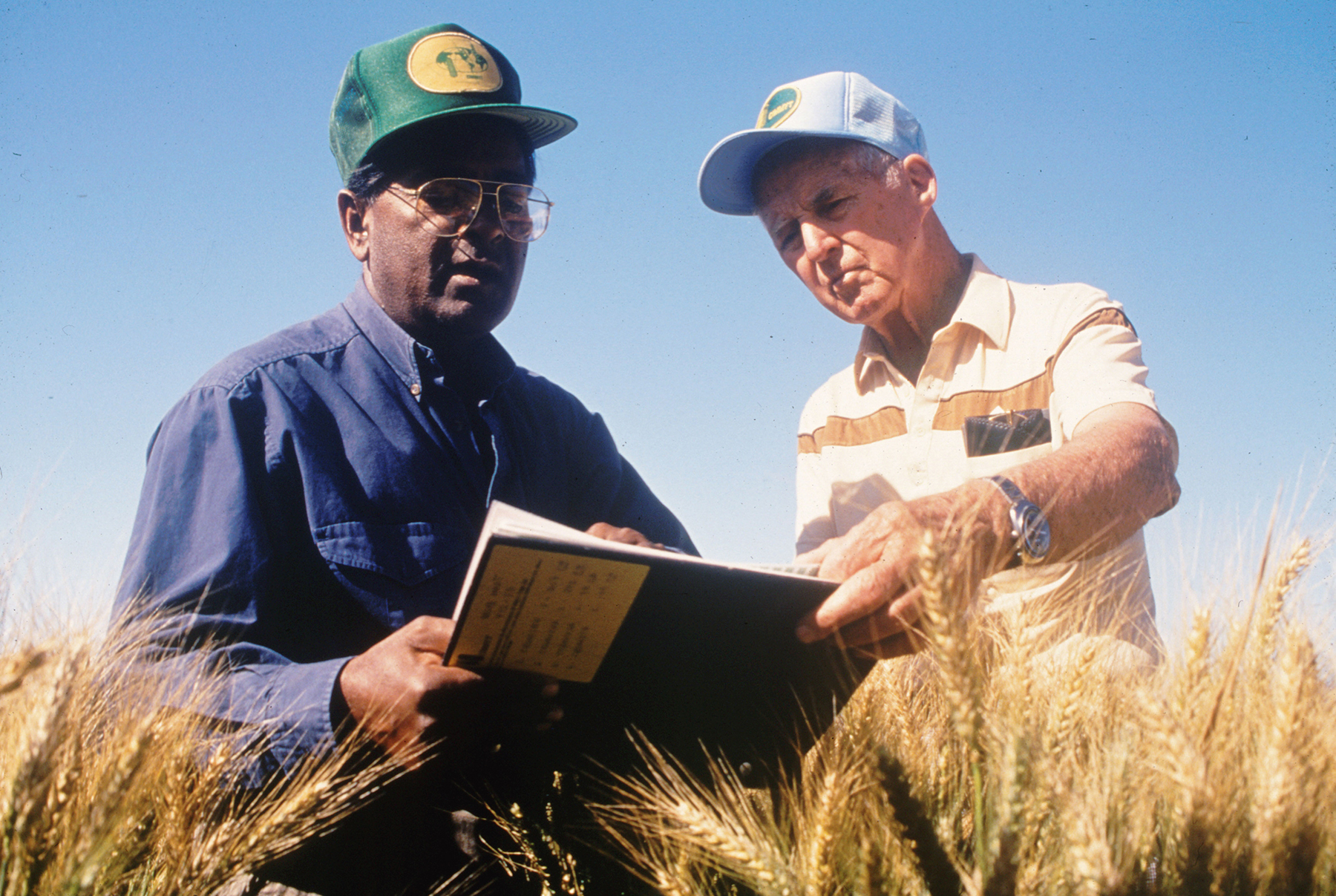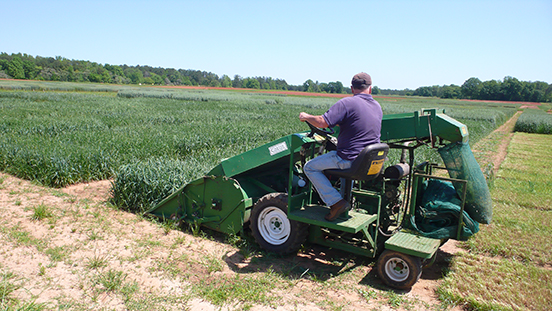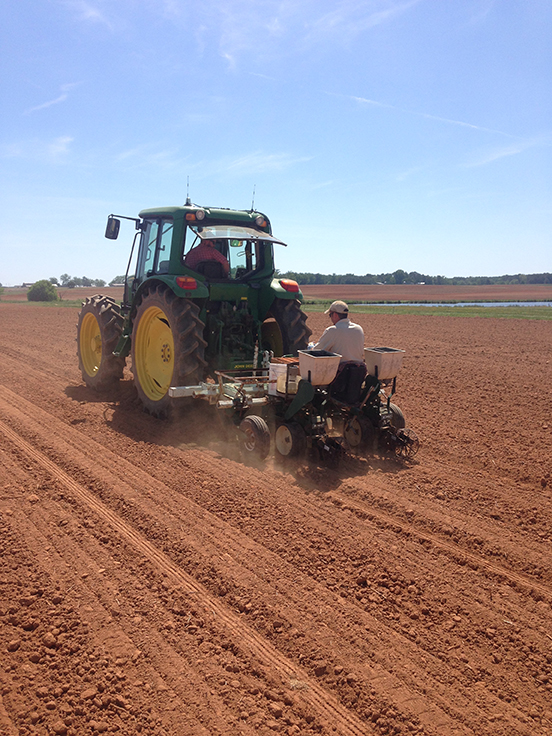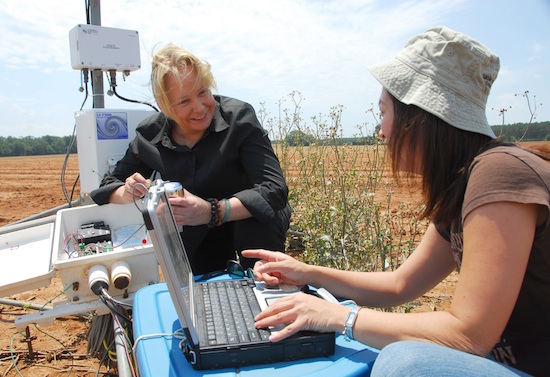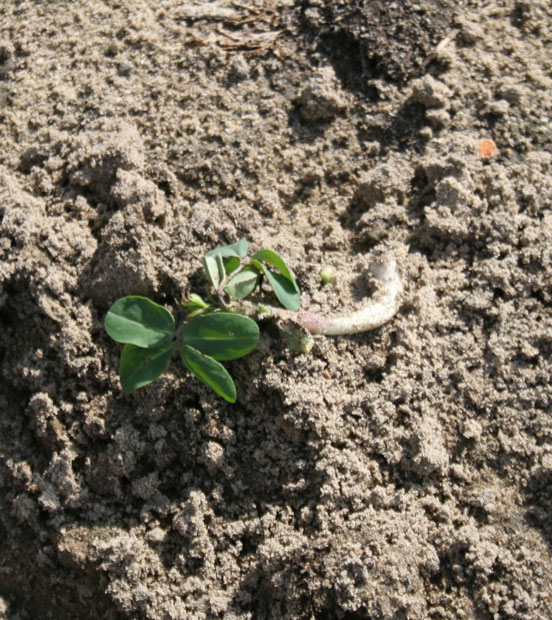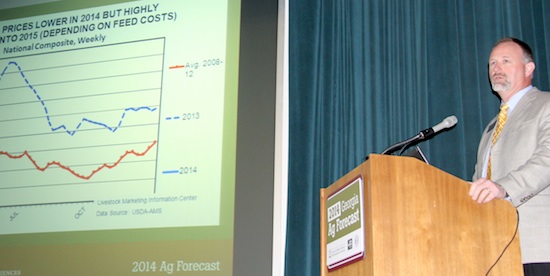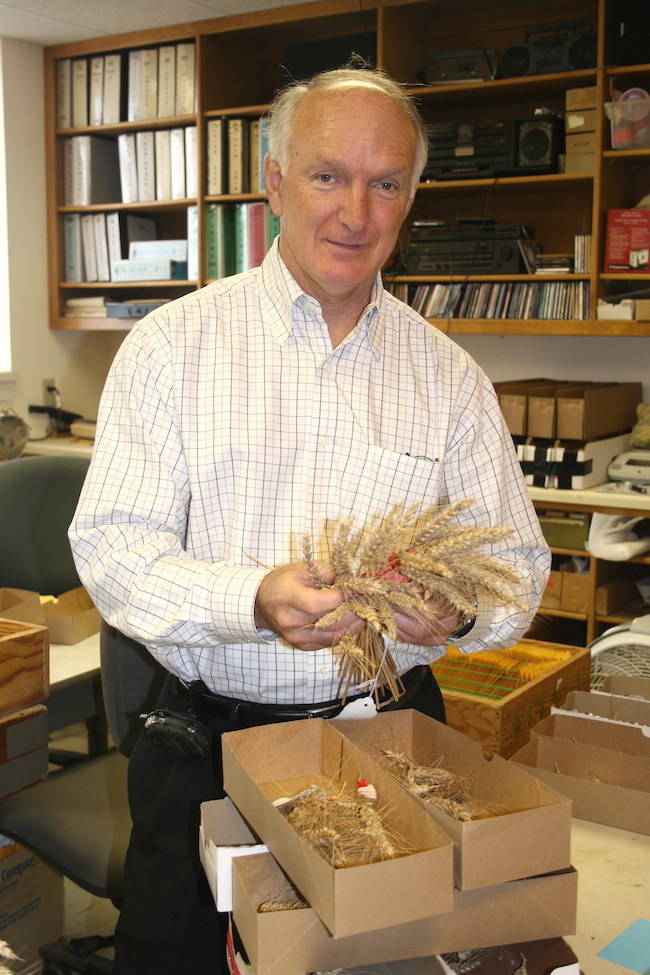 CAES News
CAES News
Inventor of the Year
As a young man working on his family’s farm in Perry, Georgia, Jerry Johnson loved the sight of wheat growing in the fields. Decades later, Johnson, now a respected plant breeder and crop and soil sciences professor, received the 2015 Inventor’s Award from the University of Georgia Research Foundation (UGARF) for his work breeding wheat varieties for farmers in Georgia and across the Southeast.

